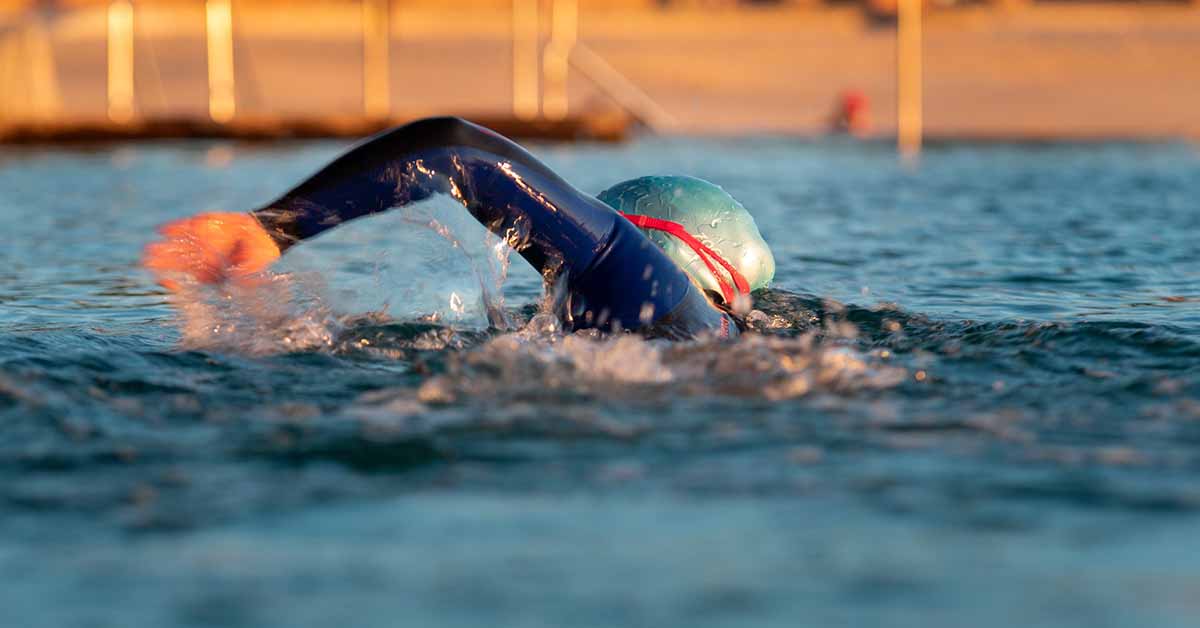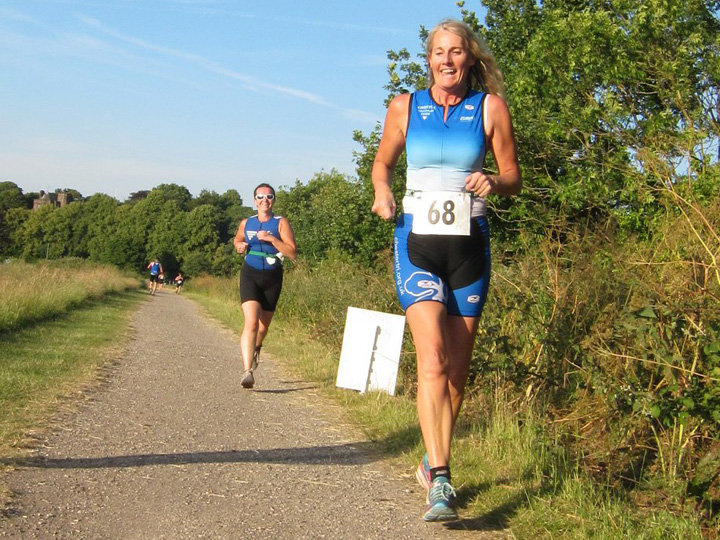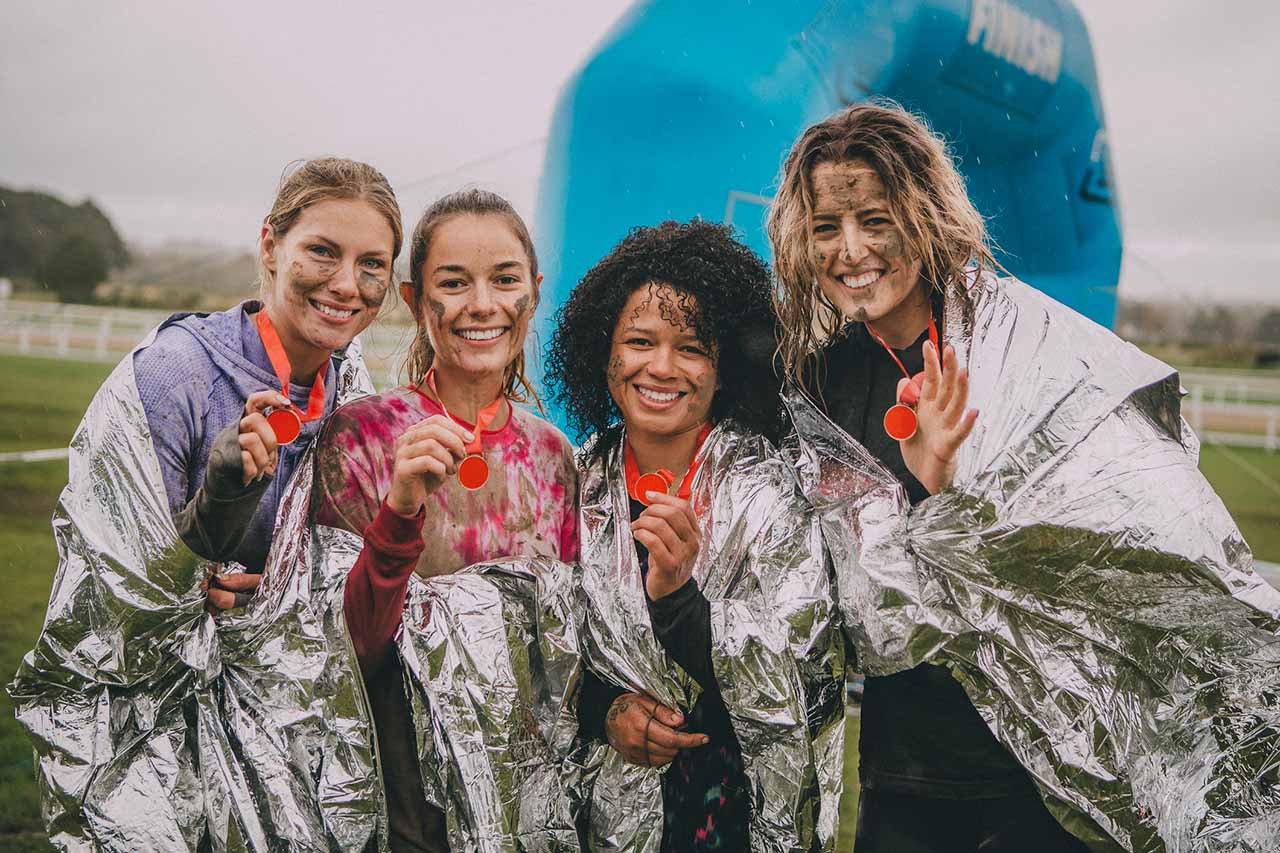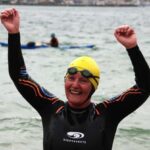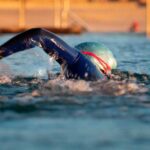If you are lucky enough to have been been swimming crawl since you were a child then you are likely to swim on instinct without having to put much thought into it, like riding a bike. However if you came to front crawl later in life, or never learnt it ‘properly’ as a child you may well struggle to put together all the different elements.
When coaching someone Front Crawl for the first time I am always reminded how complicated the stroke is. When you factor in the catch, the leg kick, rotation, breathing and stroke timing it can easily become overwhelming for the newcomer. This can manifest itself in a stroke that lacks flow and looks rather ponderous and ‘over thought’. Coaching needs to strike a balance between giving the right technical advice and not overwhelming the swimmer.
My approach therefore is to break the stoke down and focus on one part at a time, through teaching drills like sculling, gliding and timing drills. It is only by repeating the drills over and over again that these habits gradually find their way into the stroke. For example sculling drills that focus on getting the hand into the ideal position for the catch, will, over time create a better natural catch. That’s why I always like to mix drill with a swim, doing half lengths of each so the learning is applied to the stroke while it is still fresh in the muscle memory. It’s been said that it can take an average of 66 days to form a new habit, so don’t expect this process to be quick.
DRILLS DRILLS DRILLS
It is impossible not to over emphasise the importance of drills in developing the stroke. Drills have a great advantage over instructing swimmers to change this or that – once you get the drill right (and that is crucial!) you can repeat it without a coach present. Trying to make other alterations is very difficult without regular feedback on what you are doing. Here are my top 3 drills;
Skull Drills
Perfect for developing the catch part of the stroke and the pull through. There are 3 skull drills, cleverly named as Skull 1, Skull 2 and Skull 3. There are lots of videos on You Tube, but the one below shows the drills very well and is not stuffed with lots of other guff to pad it out! (pet hate). In essence skull drills help you to find the point at which you have maximum purchase on the water and develop your ability to push the water back behind you (which incidentally is a key principle of swimming).
Skull number 1 is the first part of the catch just after your hand enters the water, skull number 2 is the mid part of the catch where you can exert maximum power. Number 3 is the ‘backend’ of the stroke, ensuring you make the most of the full length of the catch.
Gliding and Alignment Drills
It seems so simple people forget the important of just pushing off the wall and seeing how far you can go. Tuck you chin towards your chest, place one hand over the other outstretched and feel how you glide through the water. Really stretch your body out into a long torpedo. Also try different head positions and notice the difference in how far your go (tip: a more head up position significantly slows you down).
You can extend the drill with some torpedo swimming – kicking then using a single breast stroke arm pull to breathe and then go back down again. Think about keeping your body perfectly straight. Then start swimming. Do lengths starting with a long glide, swimming along the centre line of the lane if you can. You can also glide with your arms in direct alignment with your shoulders, this is how you should swim, so it helps to set your hand position. Do some gliding and torpedo swimming every session, keep it relaxed.
Rotation Drills
As alluded to above rotation is a key part of front crawl. A common mistake amongst intermediate swimmers is swimming ‘flat’. This is characterised by the shoulders remaining more or less in the water. Rotation drills will help resolve this.
-
Swim on side. This must be done correctly and is much easier with swim fins. The hand should be tipped so the fingers are below the wrist and the wrist should be below the elbow. Ensure the upper shoulder is right out of the water and the non-working hand sits tightly beside the body.
-
6-1-6 an extension of the above, but doing 6 kicks (or 2 breaths) and then rotating to the other side. Again easier with fins, but more experienced swimmers should also learn to do it without.
With all drills it is worth spending time to get them right, drills performed badly could actually just embed bad habits in your stroke. Get a coach, or video yourself so you can ensure you are doing them right.
When you get confident with a drill start to mix it up with alternating lengths of drill/swim and then half length drill swim. Over time this will build the technique into your stroke. Make sure you always incorporate a few drills into each swim session. I always do them in the warm up, to set myself up for the session. I also sometimes do them in the warm down as a kind of reset to check my stroke, especially after some fast work where my stroke may have lost form.
Triathlon and Open Water Coach


